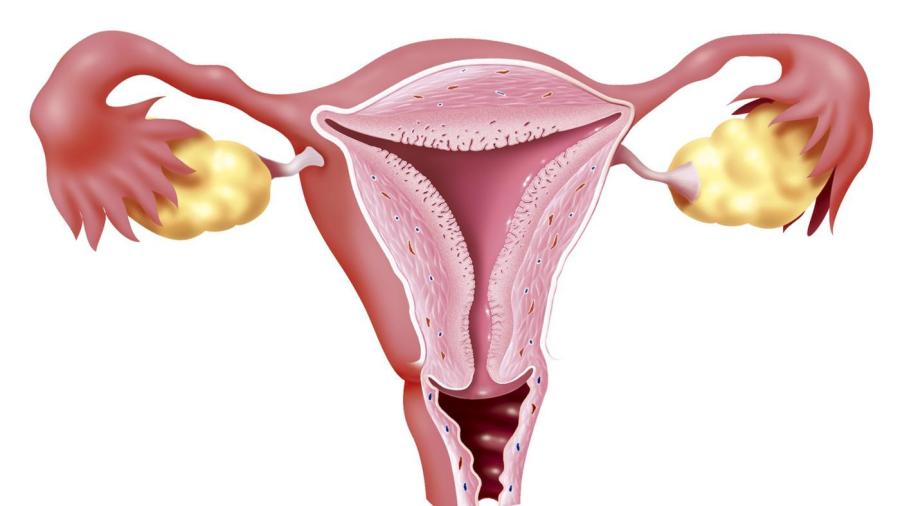What Is the Function of the Cervix?

The function of the cervix is to allow the flow of menstrual blood from the uterus to the vagina and to direct semen into the uterus, according to Health Authority Abu Dhabi. During labor, the cervix opening widens to approximately 10 centimeters to allow for the birth of a baby.
In women who are not pregnant, the cervical canal is 2 to 3 inches long and vaguely round, connecting the uterus to the vagina. The cervix also produces 20 to 60 milligrams of cervical mucus per day. During ovulation, this increases to 600 milligrams, making the measuring of cervical mucus a popular method of fertility awareness, notes Wikipedia. When a woman is not ovulating, the cervical mucus thickens to create a barrier preventing sperm from entering the uterus. Cervical diaphragms to prevent conception are also available, covering the cervix to block the entrance of semen into the uterus and to prevent fertilization.
The cervix plays a crucial role during childbirth, supporting the head of the fetus as it descends in preparation for labor. Once the baby is born, the cervix thickens and closes, according to Healthline. Doctors and midwives use the extent of cervical dilation to monitor progress during childbirth and determine whether intervention is necessary. Doctors can also measure the length of the cervical canal; short cervical length can indicate preterm delivery.





